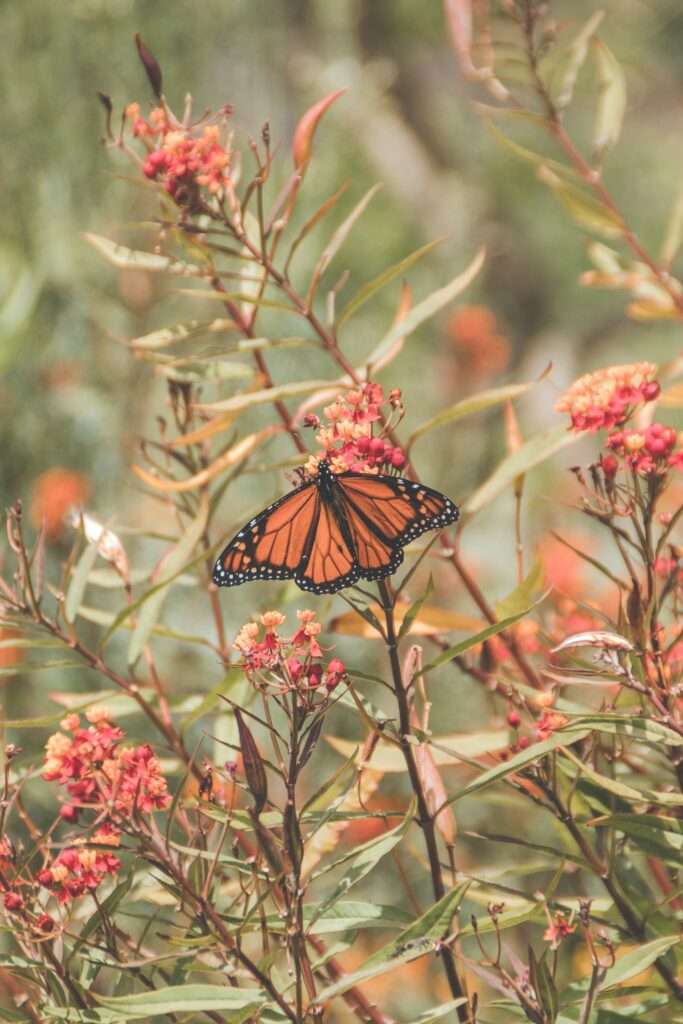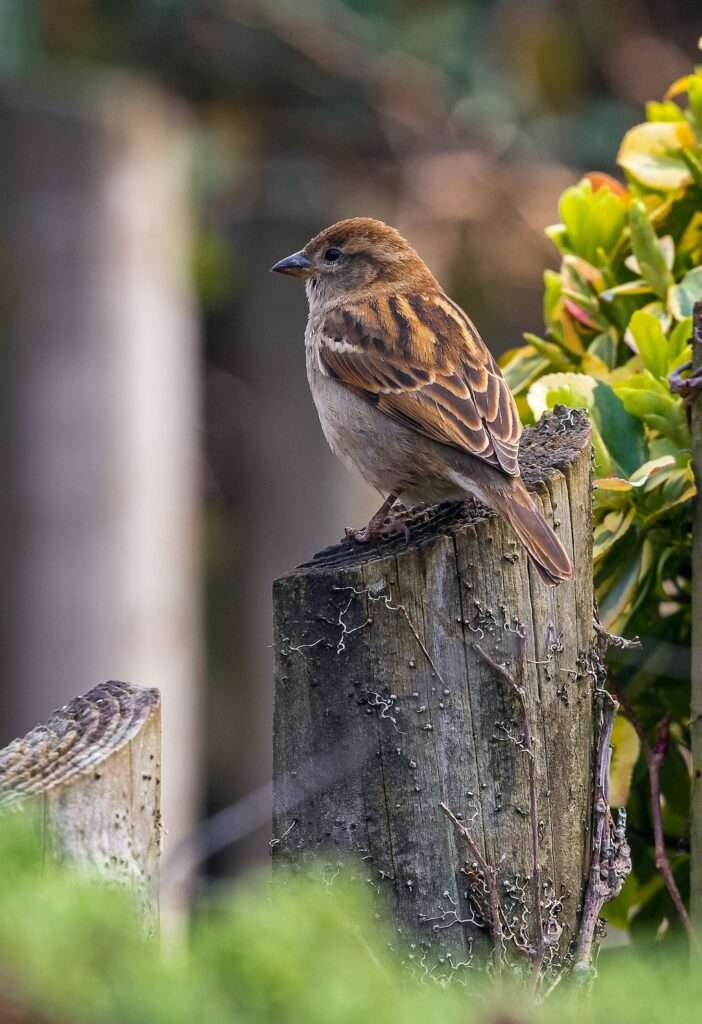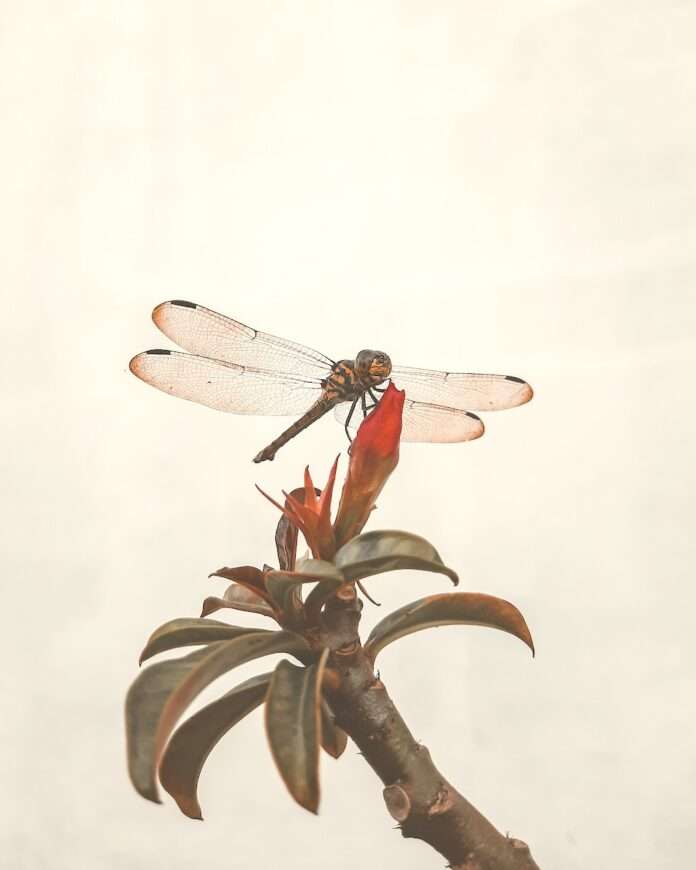As the weather heats up, insects are shifting territories and habits — and that might signal a big problem for us, too.
When you imagine dangerous animals, you might conjure up the image of a lion, for example, prowling across the desert after a kill with blood dripping from its giant canines. Or maybe you think of the fin of a great white shark slicing through the ocean, or a crocodile with long, snapping jaws snatching an animal from the river banks.
But none of these creatures hold a torch to the world’s most dangerous animal. No, it’s not a lion, a shark, or a crocodile at all; the most dangerous animal on earth, besides humans, is winged, tiny, and far from intimidating in appearance. It is, of course, the mosquito. And as the planet heats up, more people may have to start taking them seriously.
But it’s not all bad. For some, the climate crisis’ impact on the world’s insect population has a silver lining. Here’s what you need to know about the spread of mosquitos, how to protect yourself, and why, when it comes to seeking new territory because of the climate, they are far from alone.
Are threatening insects spreading into new areas?
Unfortunately, yes. Last year, experts warned that disease-carrying mosquitoes were moving into new parts of Europe. For example, the Aedes albopictus mosquito — which is known to carry both dengue (a disease associated with fever and acute pain) and chikungunya (a disease associated with fever, rashes, and joint pain) — was present in eight European countries just ten years ago, and now it is present in 13.
Aedes aegypti — which can carry the Zika virus, as well as yellow fever and West Nile virus — is also present in Cyprus. According to experts, the mosquitos are spreading due to the climate crisis, with rising temperatures and flooding creating more favorable conditions for them.

“If this continues, we can expect to see more cases and possibly deaths from diseases such as dengue, chikungunya, and West Nile fever,” Andrea Ammon, the director of the European Centre for Disease Prevention and Control, told the BBC. “Efforts need to focus on ways to control mosquito populations, enhancing surveillance, and enforcing personal protective measures.”
The best ways to protect yourself from mosquito bites include using repellent (cruelty-free options are available), wearing loose clothing, and using mosquito nets. There’s even material designed to prevent mosquitos from biting — they can typically puncture through several different types of fabric.
And mosquitos aren’t the only potentially dangerous arthropod species starting to move into new areas. In the U.S., research suggests that brown recluse spiders, which are venomous and native to the southeast of the U.S., may start moving further north, to states like Wisconsin, Ohio, and New York, as a result of warming temperatures.
“The actual amount of suitable habitat of the brown recluse doesn’t change dramatically in the future time slices, but what is changing is where that area is located,” researcher Erin Saupe told Live Science.
The climate crisis is having a major impact on bugs and arachnids around the world. For some, the consequences are already grave. In the U.K., for example, flying insects have declined by 60 percent in the last two decades.
For some, this seems like good news, especially if you’re concerned about the spread of disease (and venom). But most bugs — including mosquitos (most of which are not disease-carrying) — are essential for pollination. And without pollination, most plants, as well as animals and humans, who rely on plants for food, would struggle to survive.
Is there any silver lining?
But, speaking of survival, there are some ways in which the climate crisis’ impact on bugs can benefit the natural world. Take dragonflies, for example. Drought across Europe has forced many populations to flee to the U.K., where, right now, the climate is more suitable for them. According to experts, this is beneficial for birds who are struggling to find food.

“One of the reasons house sparrows have been doing very badly in the last decade in Britain is the chicks have been starving — they do not have enough insect food to eat,” Dave Smallshire of the British Dragonfly Society told the BBC. “Dragonflies are big, juicy protein packs.”
But while that is a silver lining, for sparrows, at least, for most, the relief will only be short-lived. And that’s because the entire planet is heating up. And one day, there might be no escape for our insects.
“As a society, we need to do two things: first and foremost, mitigate the pace of change by slashing our carbon emissions,” said Chris Thomas, director of the Leverhulme Center for Anthropocene Biodiversity, to UPI regarding a report on insect populations back in 2019. “And second, since at least two degrees of warming is more or less inevitable already, we should ensure that habitats are diverse and well-connected so that our wildlife can track the conditions that suit them best.”
Related on Ethos:


